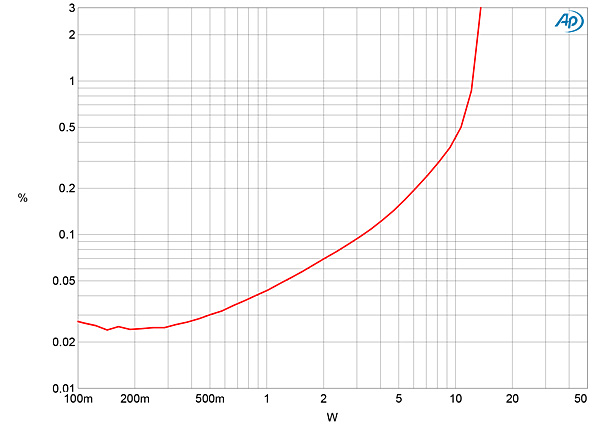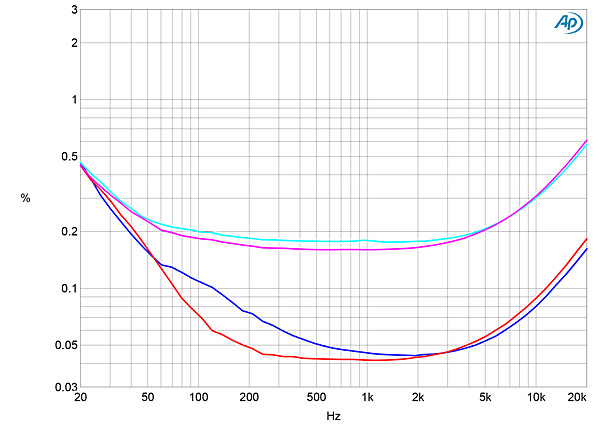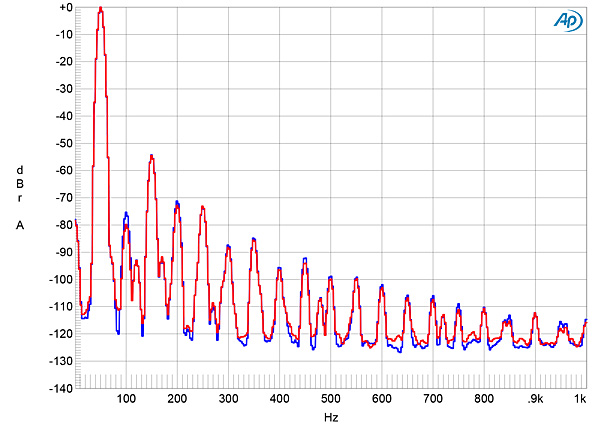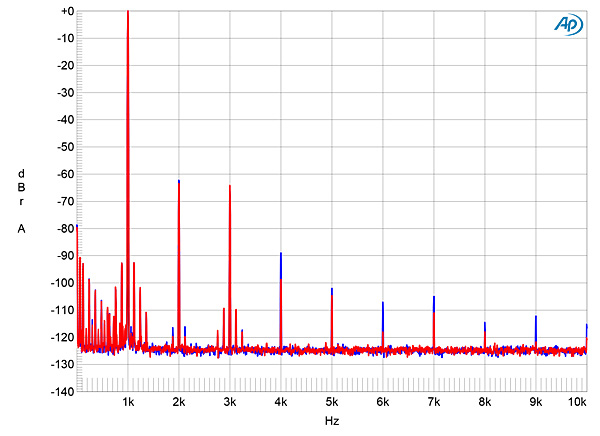I had forgotten that
Stereophile reviewed this amp and JA measured it. Please note that I am not arguing for this amp's ultimate value to anyone, and I wouldn't buy it (speakers aren't efficient enough), though I have used and enjoyed tube amps in the past (currently use a Benchmark ABH2), but there are many nuances involved that make simplistic statements like "piece of SH#*" and "money grab" not completely applicable. Also, if I were gifted one I would listen and enjoy the heck out of it, even if it ended up as part-time only.
JA's measurements can be trusted, I feel (I know many prefer Amir's Klippel measurements to JA's, I am thinking of source components/amps in this instance). In this case, his experience shines through. All of Amir's measurements could be calculated from JA's and JA's provide the needed additional information to add the nuance described above and a better understanding of what is going on with the amp in actual use. This doesn't even include the squarewave measurement with accompanying explanation I mentioned earlier.
"Look at how early THD+N starts to rise with output power too" was written above
I actually look at the graph and see likely inaudible distortion up to
at least 1 watt. Ok, not terribly impressive, but.....
Klipsch sensitivity figures were doubted earlier. That is justified. But, JA also measured the Klipsch the reviewer used and found that it's sensitivity was 95.2 db/2.83V. Not considering music's crest factor for a moment, when the reviewer was listening at 95db, THD was 0.04%(not accounting for distance, but also not counting that two speakers playing at 95db = 98db). What is your typical in-room listening level? Mine certainly isn't 95 db (again, excluding transients). Amir's might be, seems he listens loud!
Look at the above graph in terms of the following (and the corresponding numbers for a more popular/typical-here speaker of say 86 db/2.83V- and many of those are actually nominally 4 ohms, so their true sensitivity for 1
watt is 83db). Think of your typical listening level:
83 db output for the Klipsch, (86 db for a pair) requires 62.5 milliwatts. Typical speaker for 83 db requires 500 milliwatts (62.5 milliwatts into the typical speaker yields 76 db)
89 db output from the Klipsch requires 250 mW, the typical speaker 2 watts
95 db output from the Klipsch requires 1 W, clearly, the typical speaker 8 watts. (then 98db= 2 and 16, 101db= 4 and 32, 104db= 8 and 64, etc. etc.)
98 db = 2 and 16 W respectively
So then you say at 1-2 watts the Luxman THD is approaching audibility. But it has been shown over and over again that distortion spectra are vital when determining audibility (total THD, measured for ages is incomplete at least, more likely misleading). 2nd and 3rd are very difficult to perceive until levels are fairly high (especially what y'all are used to seeing), where higher orders are much more audible. Also, distortion in the low frequencies is very hard to detect and should be measured. JA also helps us with this. First the second feature:
The blue and red traces are into an 8 ohm load at 2.83V, or
98 db from a pair of the Klipsch. Increasing distortions in the low frequencies (transformer), but less audible, but pretty darn low through the most critical (ear's most sensitive) range.
Now the harmonic spectra of a 50 Hz (see above) signal at 3 watts (102.5 db from the pair of Klipsch):
A 1 khz wave being produced at the same 102.5 db:
Someone mentioned (I don't know how to multiquote....)
"The boominess that you mentioned could very well have been caused by the typical Ohms-law interaction between the speaker's complex impedance curve and the amplifier's output source impedance. I did not see that you measured the amp's output driving impedance, and I think you should. With tube equipment this becomes especially important as it has a major impact on sound. Some tube amps have flat FR when driving a resistive load but drive a speaker and I have seen ± 6 dB variation in output! You're gonna hear that! Amir, you're an engineer, you should know this. Please, measure the output impedance of this amp- it's simple enough to do."
Certainly I agree- not about the marked possible variations with this particular amp (not the case), but the need for additional measurements. Impedance relationships are almost never addressed in the measurements here. How can you measure a passive volume controller out of the low output impedance and into the high input impedance of the Audio Precision, show the frequency response, and think you are done?? It is presented authoritatively, but is almost meaningless. One
must factor in the two impedances in their system to know what frequency response they will get. It is simply ohm's law.
And re. the quote, JA has given us these measurements- output impedance and response into a simulated load. Again, it is ohm's law (look at the impedance curve of your speakers and that will be the trend in FR with increasing output Z).
"The Luxman amplifier's output transformers have a single tap, which is optimized for a 6 ohm load. The output impedance from this tap was relatively low for a tube design at 0.7 ohm at 20Hz and 1kHz, rising to 0.83 ohm at 20kHz. As a result, the modulation of the Luxman's frequency response with our standard simulated loudspeaker was a modest ±0.5dB (fig.1, gray trace)."
Sidebar 3: Measurements Nostalgia struck when I unpacked the Luxman SQ-N150 and hoisted it onto the test bench. This compact integrated amplifier uses a pair of EL84 tubes for each channel's outputI used to own a sweet-sounding Vox AC30 guitar amplifier back in the 1960s, which also used a...

www.stereophile.com
I like to read Amir's measurements, that's why I come here. In many cases there are good. But....nothing in this world is perfect, and he has some gaps. To look at something's SINAD without understanding the nuances and immediately rush to an absolute judgement (joining the bandwagon of increasingly dismissive derision) is simply not based on what is known, and frankly isn't that smart. After going through the above, is it
possible that the Stereophile reviewer heard a transparent reproduction via the Klipschs'.
Bill
P.S. I hope I got all my db match correct!







